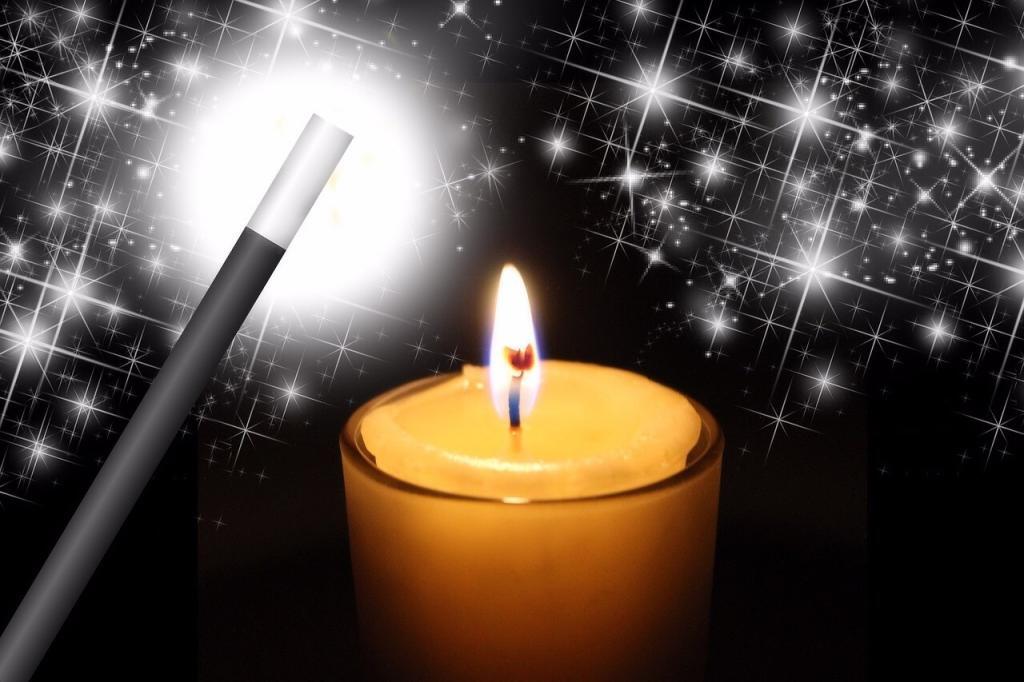Blog
Magic Tricks for Entertainment
Magic Tricks
Spells & witchcraft OR magic tricks?
There is a difference between the two, and it can be confusing to most people.
The art of pretended magic dates back thousands of years. It has been known under various names, such as White Magic, Conjuring, Natural Magic, and Prestidigitation.
Jannes and Jambres, the magicians of Pharaoh, contended against Moses and Aaron. In the British Museum there is an Egyptian papyrus, which contains an account of a magical seance given by a thaumaturgist named Tchatcha-em-ankh before King Khufu, b.c., 3766. In this manuscript it is stated of the magician: “He knoweth how to bind on a head which hath been cut off, and he knoweth how to make a lion follow him as if led by a rope.” The decapitation trick is thus no new thing, while the experiment with the lion, unquestionably a hypnotic feat, shows hypnotism to be old.
The temples of Egypt, Greece and Rome were veritable storehouses of magic and mystery. The pagan priesthood attained a wonderful proficiency in optical illusions. In the Middle Ages magic was greatly in vogue. Later on Nostradamus conjured up the vision of the future king of France for the benefit of the lovely Marie de Medicis. This illusion was accomplished by the aid of mirrors adroitly secreted amid hanging draperies. Reginald Scott, in 1584, in Discoverie of Witchcraft, enumerates the stock feats of the conjurers of his day. The list includes “swallowing a knife; burning a card and reproducing it from the pocket of a spectator; passing a coin from one pocket to another; converting money into counters, or counters into money; conveying money into the hand of another person; making a coin pass through a table, or vanish from a handkerchief; tying a knot, and undoing it ‘by the power of words’; taking beads from a string, the ends of which are held fast by another person; making corn to pass from one box to another; turning wheat into flour ‘by the power of words’; burning a thread and making it whole again; pulling ribbons from the mouth; thrusting a knife into the head or arm; putting a ring through the cheek; and cutting off a person’s head and restoring it to its former position.”
Many of these magic acts continue and survive to this day. In the early part of the eighteenth century conjuring made considerable progress. Men of education and address entered the profession, thereby elevating it from the charlatanry of the strolling mountebank to the dignity of a theatrical performance. The nobility of Paris flocked to the opera house to see the great Pinetti perform. Following him came Torrini, Comte, Bosco, Philippe, and finally the king of conjurers, Robert-Houdin. In the year 1844, Houdin inaugurated his Fantastic Evenings at the Palais Royal, Paris, and a new era dawned for magic. He reformed the art by suppressing the suspiciously-draped tables of his predecessors, substituting for these “clumsy confederate boxes” light and elegant tables and little gueridons, undraped. He went still further in his innovations by adopting the evening dress of everyday life, instead of the flowing robes of many of the magicians of the old régime. His tricks were of a different order, sounding the death knell of double-bottomed boxes, and apparatus which was too evidently designed for the magical disappearance and reappearance of objects.
Houdin has well earned the title of “The Father of Modern Conjuring,” and his autobiography makes fascinating reading.
Since Houdin’s time, conjuring has made rapid strides. The wide dissemination of literature on the subject and the consequent exposés have stimulated magicians to invent new tricks, or improve old ones.
The study of magic in addition to being a fascinating amusement has a pedagogical value, admitted by all professors of psychology; it sharpens the mental faculties, especially those of observation and attention.
BWC has dedicated some time in collecting some white magic OR magic tricks – that you can try yourself at home. Have some fun with magic, and be able to share your passion for magic with people in your family and your friends.
Lady Hannah
You may also like:
- The Study of Magic
- Sleight of Hand
- Coin Magic Tricks
- Disappearing Handkerchief.
- Magic Tricks With Balls
- Magic with hats
- ANTI-SPIRITUALISTIC TRICKS
- Tricks for friends
- Popular Magic Tricks
- Magic for Stage Performance
- Creating Hand Shadows


5